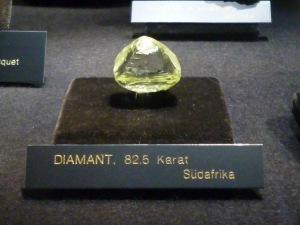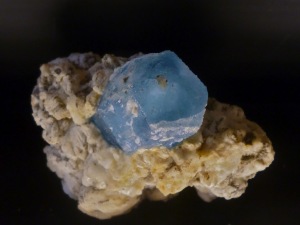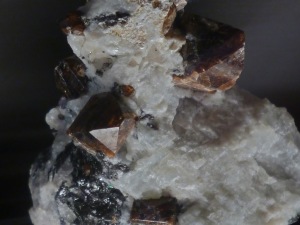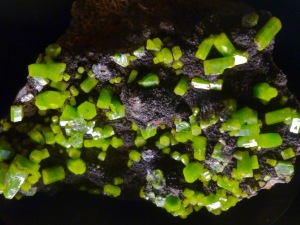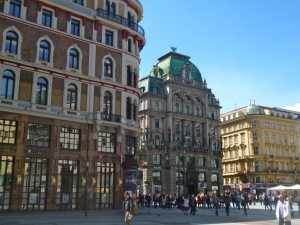 |
| City Center of Vienna |
EGU 2012 in Vienna has just ended. The conference was great. There were many interesting sessions and fabulous talks. There were a few talks that were more interesting than others. Here are my two favorites:
The Greater India Basin Hypothesis by Douwe van Hinsbergen et al.
Douwe talked about the discrepancy between the amount of convergence if India and Asia and the amount of crustal shortening in the Himalaya and Tibetan Plateau. Since 50 Ma, convergence between the Indian and Eurasian plates is estimated from paleomagnetics to be about 3200 km. However, the upper crustal shortening documented from the geological record of Asia and the Himalaya is up to 1900 km less than that observed. van Hinsbergen explains this discrepancy with a 50 Ma collision of a Tibetan Himalayan microcontinent with Asia which he identifies at the Greater Himalayan Sequence. This was followed by the collision of the GHS and Greater India at around 25-20 Ma. This model of the Indo-Asian collision turns everything we understand of the progression of the orogen on its head. Look for their paper in the Proceedings of the National Academy of Sciences the first week of May.
Laser-Ablation Split-Stream (LASS) Petrochronology of the Ultrahigh-Pressure Western Gneiss Region by Brad Hacker et al.
Brad talked about a new state-of-the-art setup of mass spectrometers that is revolutionizing the way we laser ablation geochemistry. In the LASS, a sample is put under a laser that vaporizes a small pit in a mineral (e.g. zircon, rutile, monazite) and that vaporized material is split into two fractions and flows into two inductively coupled plasma mass spectrometers. One measures elemental ratios most often used for calculating the U-Pb age of a mineral and the other is used to measure elemental abundances which is most often used for rare earth element abundances. These analyses allow us to look at what is called the petrochronology of a rock. For more on petrochronology, see this post. This new method (LASS) allows for extreme efficiency when doing these analyses. Before this method, we had to analyze each zircon twice (once for U-Pb and again for REE – and a third time if you were doing Lu-Hf), now it can be done all at once. This is an incredible system that will allow further characterization of various minerals with much greater efficiency.
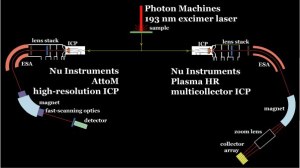 |
| LASS system at UCSB |
I presented on reconciling seawater strontium with the supercontinent cycle. The timing of supercontinents are most often associated with various trends in the geologic record. For example, temporal distributions of zircons ages, eclogites, and passive margins all correspond with supercontinents through time. However, the seawater strontium record does not show the same relationship. What I found from compiled Hf and Nd depleted mantle model ages was some orogenies display more evolved isotopes (e.g. Pan-African and Himalayan orogenies) and others have more juvenile signature (e.g Grenville and Andean orogenies). I relate the isotopic signature of orogenic systems to the geodynamic system associated with supercontinent assembly.
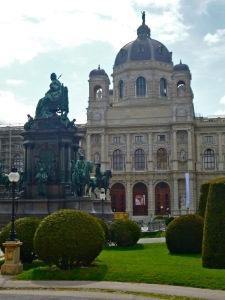 |
| Vienna Natural History Museum |
In addition to great talks, I was also able to see a bit of the city. Vienna is a beautiful city with some great history. The highlight of my sight seeing was without a doubt the Natural History Museum. I was told they had the most spectacular mineral collection in all of Europe and I was not disappointed.
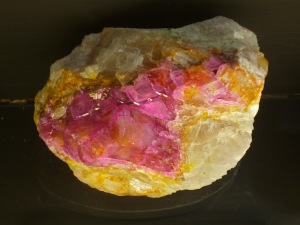 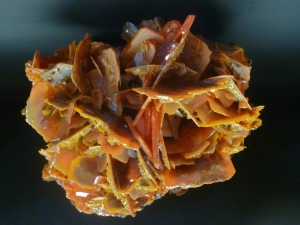 |
![]() This work is licensed under a Creative Commons Attribution-NonCommercial-ShareAlike 4.0 International License.
This work is licensed under a Creative Commons Attribution-NonCommercial-ShareAlike 4.0 International License.

